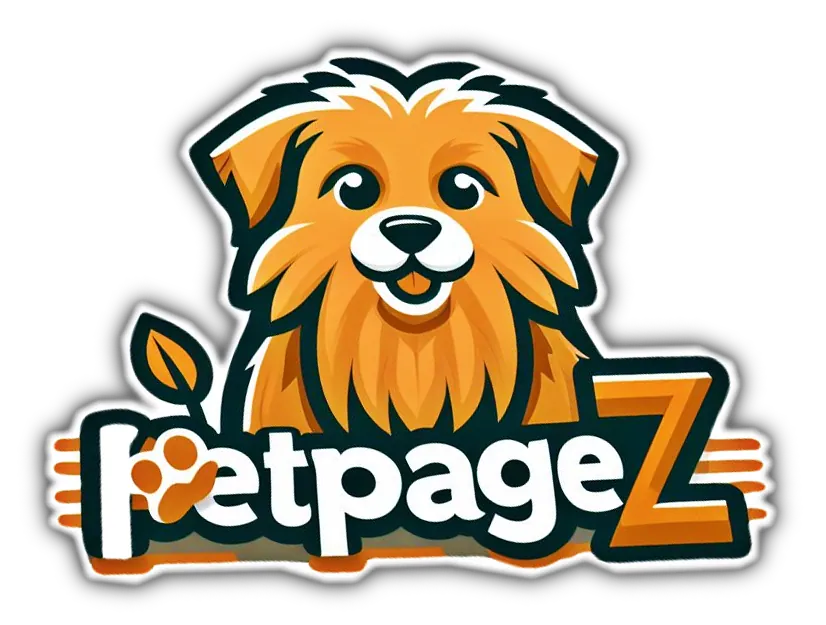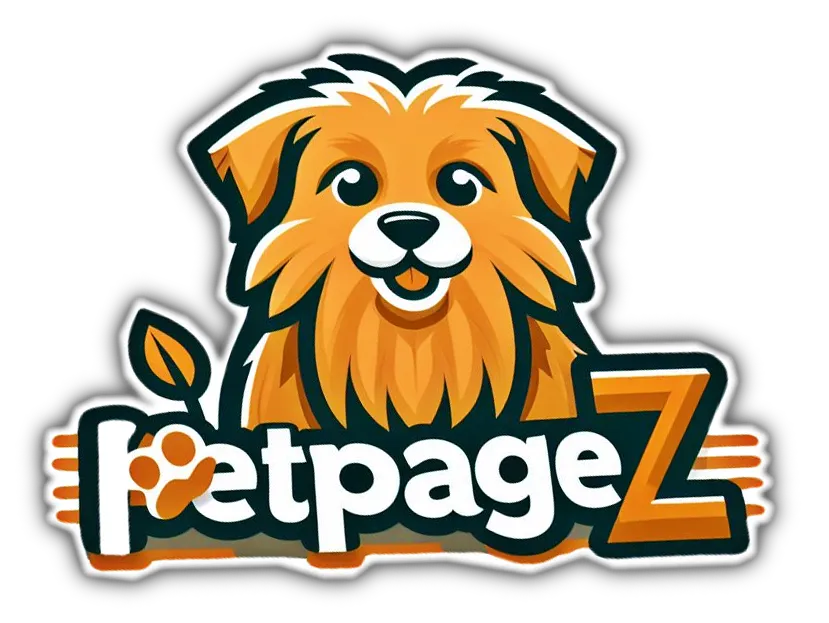Understanding Canine Body Language
Building a strong bond with your furry companion goes beyond providing food, water, and shelter. To truly understand your dog, it's crucial to decipher their wants and needs through their behavior and communication cues. This article aims to explore three essential ways to gain a deeper understanding of what your dog wants. By learning how to interpret their body language, vocal cues, and other behavioral signals, you can enhance your connection with your canine friend and create a happier and more fulfilling relationship. Let's dive in and explore the fascinating world of canine communication.
The Importance of Body Language
Ever wish you could just ask your furry friend what they want? While we can't have a conversation with our dogs, we can decipher their body language to understand their needs and desires. Canine body language is like their own secret code, and by learning to read it, you can better understand what your pooch is trying to tell you.Common Body Language Cues
To become fluent in the language of dogs, it's important to familiarize yourself with some common body language cues. Pay attention to your dog's facial expressions, tail movements, ear positions, and overall body posture. For example, a relaxed and loose body usually indicates a happy and content dog, while a stiff body with a tense face may signal fear or aggression. Observing these cues will give you valuable insights into your dog's emotions and intentions.Decoding Vocal Cues and Barking Patterns
What Your Dog's Bark Means
Ah, the art of barking. It can be a source of confusion for many dog owners, but fear not, for it holds valuable clues too. Barking can communicate a variety of things, from excitement to alarm. Pay attention to the pitch, duration, and intensity of your dog's bark. A high-pitched, repetitive bark might indicate excitement or attention-seeking, while a deep and continuous bark could signal a perceived threat.Understanding Different Vocalizations
In addition to barking, dogs use a range of vocalizations to express themselves. Whining, growling, howling, and even sighing are all part of their repertoire. Each has its unique meaning. Whining, for example, can indicate frustration, while a low growl may be a sign of warning. By becoming familiar with these different vocalizations, you can better understand what your dog is trying to communicate.Interpreting Tail Wagging and Posture
Interpreting Tail Wagging
Ah, the tail wag – the quintessential doggy gesture. But did you know that not all tail wags mean the same thing? The position and speed of the wag can reveal a lot about your dog's emotions. A broad wag with loose, relaxed movements often signifies happiness and friendliness, while a low, stiff wag might suggest caution or unease. So next time you see a wagging tail, pay attention to the details to decipher its message.Significance of Canine Posture
Just as body language can reveal much about humans, a dog's posture speaks volumes about their intentions. A confident, upright stance indicates assertiveness, while a lowered body and cowering posture indicate fear or submission. Understanding these postures will help you gauge your dog's comfort level in different situations and respond accordingly.Recognizing Behavioral Signals for Play or Rest
Differentiating Playful Behavior from Rest
Sometimes our furry friends want to play, and other times they just want to relax. But how can we tell the difference? Look for signs of enthusiasm and energy when your dog is ready to play. Bouncing, wagging, and a playful bow are all indicators of wanting some active fun. On the other paw, a dog seeking rest may find a cozy spot, curl up, and take a nap.Understanding Play Bowing and Invitations
If you've ever seen your dog lower their front end while keeping their hind end up in the air, you have witnessed the playful "play bow." This is an invitation to engage in play and a clear signal that your dog is ready for some interactive fun. Keep an eye out for this adorable bow, and you'll know it's time to grab a toy or join in on the fun. Remember, decoding your dog's desires is not an exact science, but understanding their body language, vocal cues, tail wagging, and postures will bring you closer to being able to read their minds. So, study up on their unique language and get ready to have more meaningful conversations with your four-legged best friend!Uncovering the Meaning Behind Different Tail Positions
Tail Positions and Their Significance
Ah, the tail - a furry little flag that holds the secrets to your dog's emotions. Understanding what your dog is trying to convey through their tail can be a game-changer in your communication with them. Is their tail raised high in the air like they're waving hello at a parade, or is it tucked between their legs like they're auditioning for the role of scaredy-cat? Pay attention to these tail positions, as they hold valuable clues to your dog's mindset.Reading Emotions Through Tail Movements
It's not just the position of the tail that matters; it's the way it moves too. A wagging tail doesn't always mean your dog is happy-go-lucky. The speed, direction, and stiffness of the wag can indicate different emotions. A slow and relaxed wag could mean they're content, while a fast and rigid wag might suggest they're feeling agitated or on edge. So, next time you see that tail wagging, take a closer look at the subtle nuances and become a tail-reading pro.Identifying Food and Attention Seeking Behaviors
Understanding Food-Related Behaviors
Is your dog doing a little dance around their food bowl or staring at you with those puppy eyes while you eat? These are clear signs that they have a strong desire for the delicious morsels you possess. Whether it's dancing, drooling, or standing by the fridge and giving you the "feed me" eyes, understanding these food-related behaviors can help you decipher when your furry friend is hungry and ready to chow down.Deciphering Signals for Attention and Affection
Dogs, much like us humans, crave attention and affection. They'll go to great lengths to get it, whether it's pawing at your leg, jumping up to give you a slobbery kiss, or relentlessly nudging you with their nose. These behaviors are their way of saying, "Hey, pay attention to me!" By recognizing and responding to these signals, you can ensure your dog feels loved and cared for, which in turn strengthens your bond.Analyzing Pawing, Licking, and Other Physical Gestures
Meaning Behind Pawing and Licking
If your dog is pawing at you like they're auditioning for a role in a Broadway musical or giving you a bath with their tongue, there's a meaning behind those actions. Pawing can be a request for attention or a sign of anxiety, while licking can be a display of submission or a sign of affection. By understanding these physical gestures, you can decipher what your dog is trying to communicate and respond accordingly.Other Physical Gestures and Their Interpretation
Physical gestures go beyond just pawing and licking. Dogs have a whole repertoire of body language at their disposal, including yawning, stretching, and even play-bowing. These gestures all have their unique meanings, whether it's signaling relaxation, inviting play, or indicating discomfort. By paying attention to these cues, you can better understand your dog's current state of mind and create a more harmonious environment for both of you.Building a Stronger Bond through Better Communication
Practical Tips for Effective Communication
Now that you're well-versed in decoding your dog's tail positions, food-related behaviors, and physical gestures, it's time to put that knowledge into action. Effective communication is a two-way street, so make sure you're sending clear signals to your furry companion as well. Use consistent commands, positive reinforcement, and plenty of praise to reinforce the desired behaviors. This way, you'll build a stronger bond and become the ultimate dog whisperer.Establishing Trust and Understanding
Building a strong bond with your dog is not just about understanding their wants, but also about establishing trust and understanding. Spend quality time together, engage in activities that they enjoy, and be patient and compassionate when they're feeling anxious or fearful. By creating a safe and nurturing environment, you'll foster a relationship built on trust and mutual understanding, making you and your pup the best of pals for life.By delving into the various ways dogs communicate their wants and needs, we can cultivate a stronger bond and create a harmonious relationship with our beloved pets. Remember, understanding your dog's body language, vocalizations, and behavioral signals is a lifelong learning process. The more time and effort you invest in deciphering their communication, the better equipped you will be to meet their needs and ensure their well-being. So, observe, listen, and communicate with your furry friend, and watch your connection flourish. Together, you and your dog can forge an unbreakable bond based on trust, love, and effective communication.
Frequently Asked Questions
1. Can I use these techniques to understand any dog?
Yes, the techniques discussed in this article can be applied to understand the wants and needs of any dog. While individual dogs may have their own unique quirks, the fundamentals of canine communication remain consistent across breeds and individuals.
2. How long does it take to become proficient in understanding my dog's behavior?
Every dog-owner relationship is unique, and the time it takes to become proficient in understanding your dog's behavior can vary. It may take some time and practice to become familiar with your dog's specific cues and signals. Consistency and patience are key, so dedicate time to observe and interact with your dog to develop a deeper understanding over time.
3. Are there any resources or tools that can help me learn more about dog behavior?
Absolutely! There are several resources available to help you learn more about dog behavior and communication. Books, online articles, and reputable dog training websites can provide valuable insights into understanding your dog's wants and needs. Additionally, working with a professional dog trainer or behaviorist can offer personalized guidance and support.





